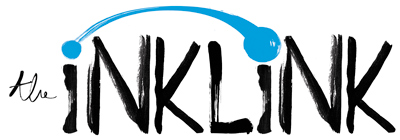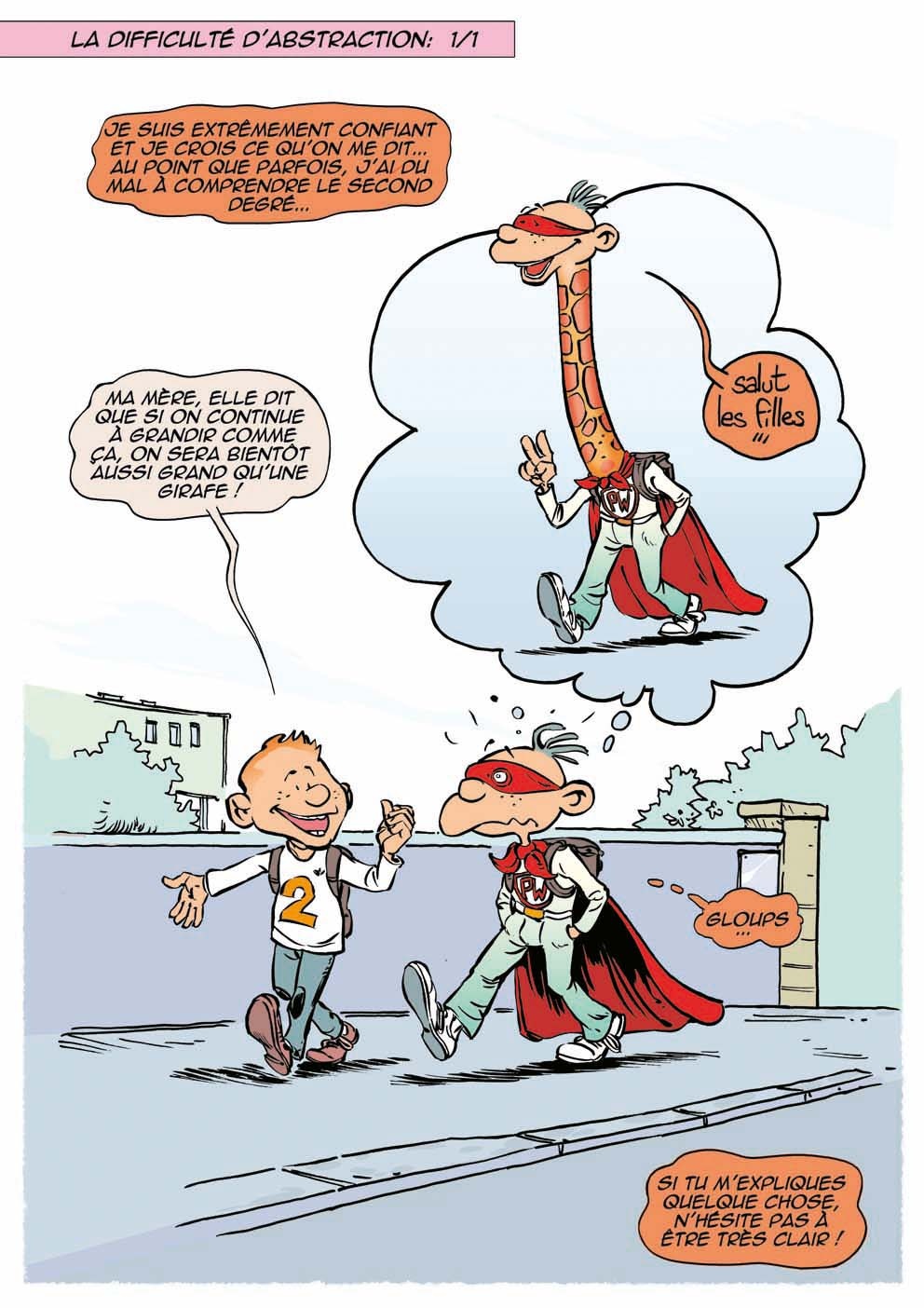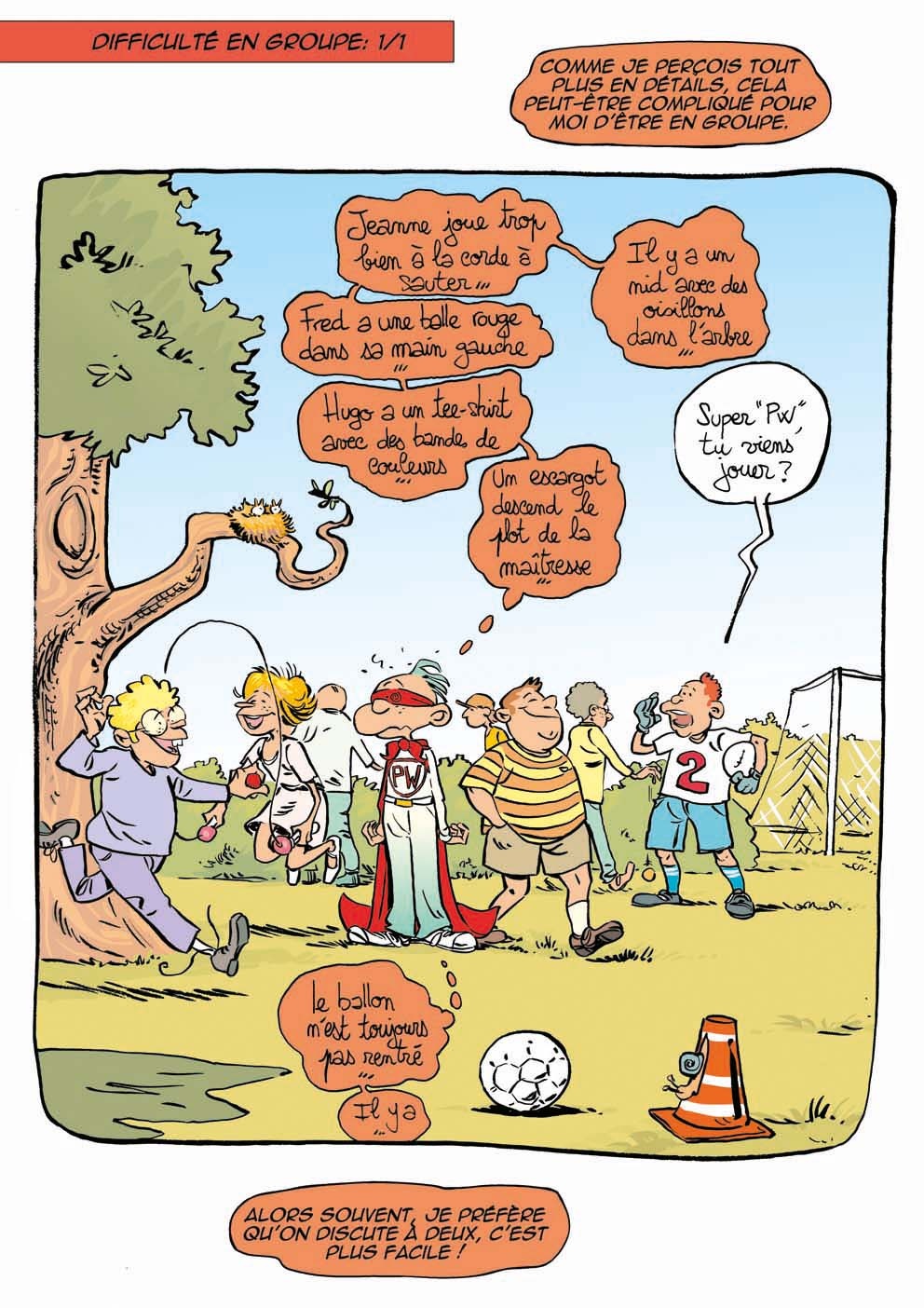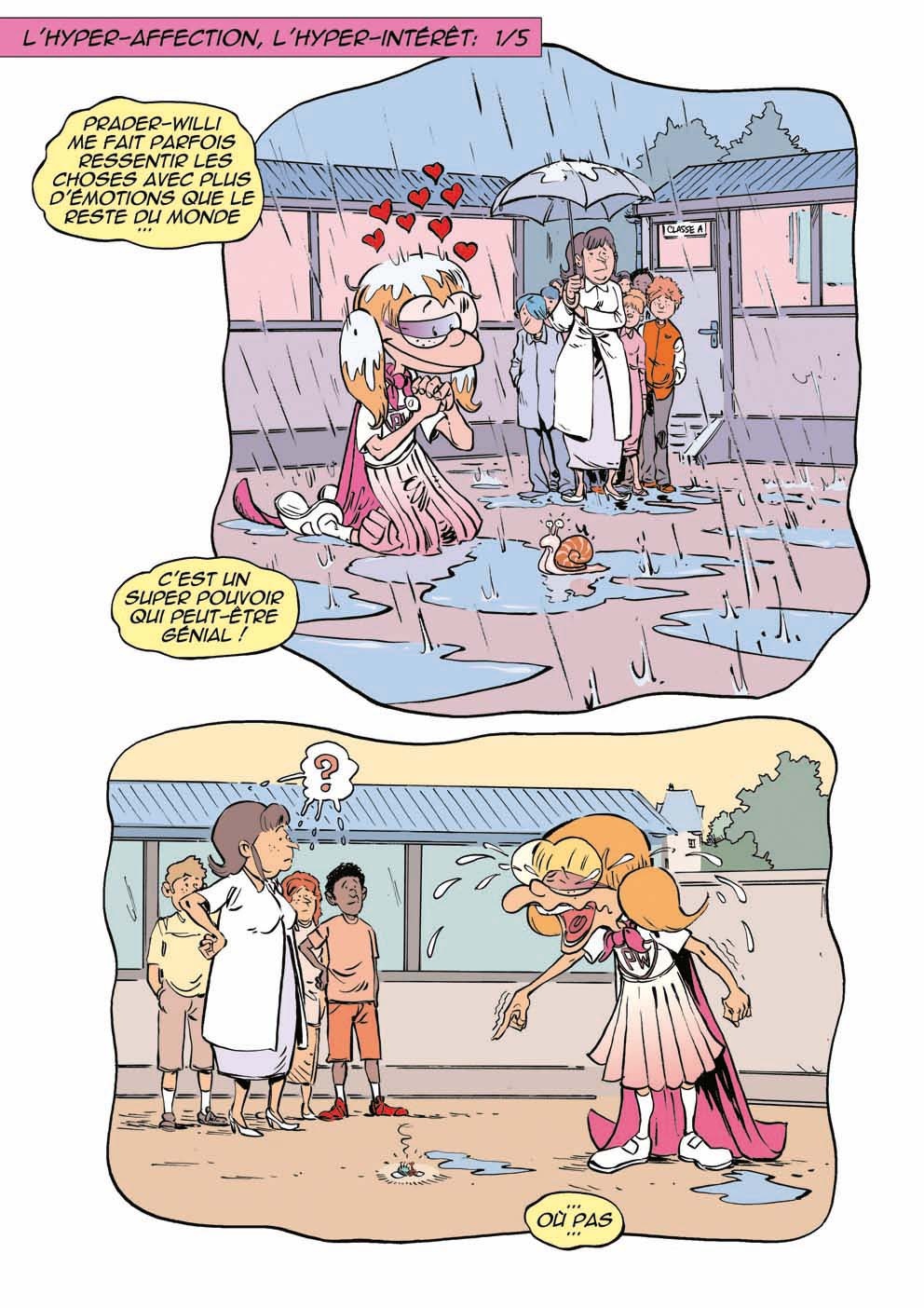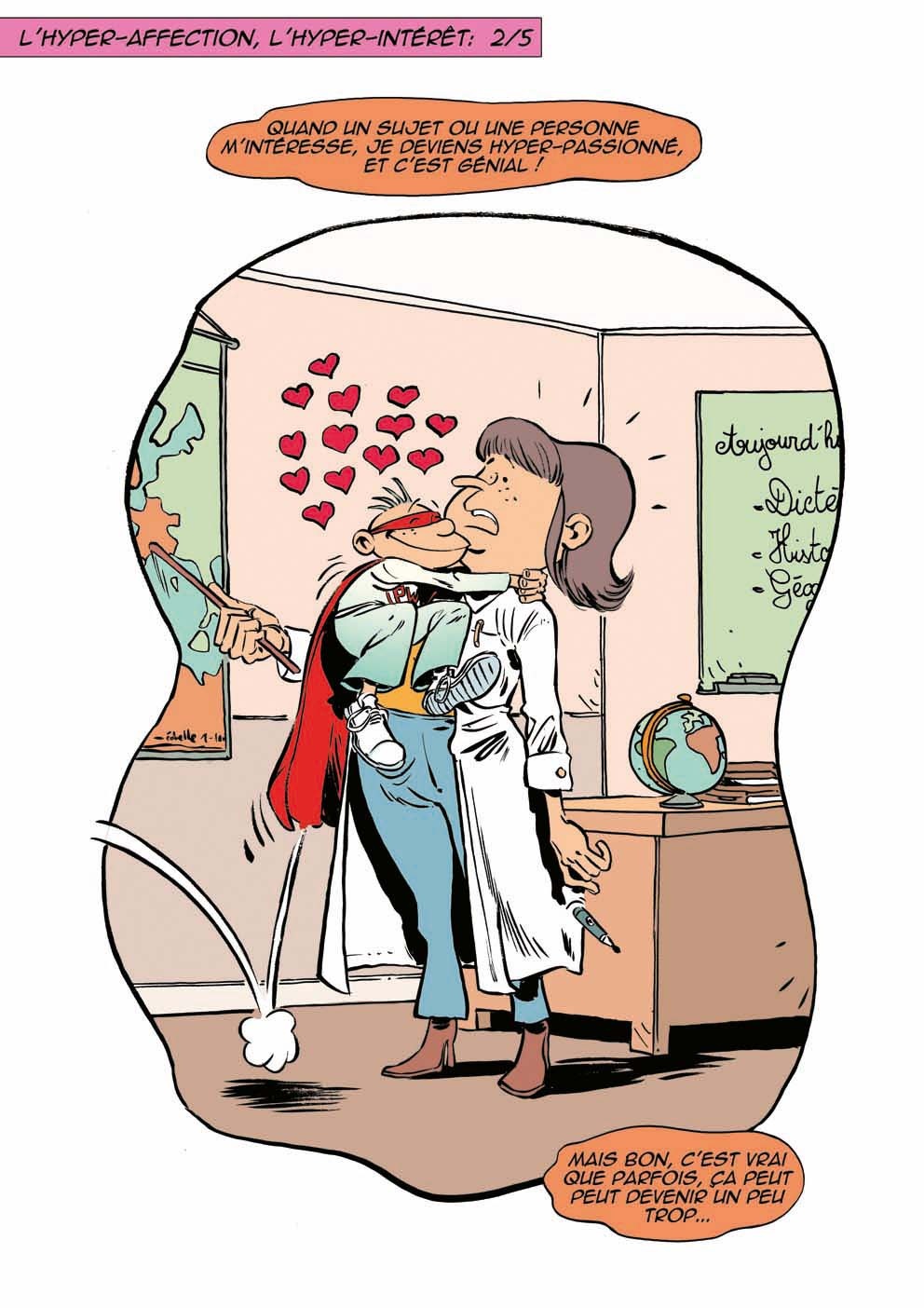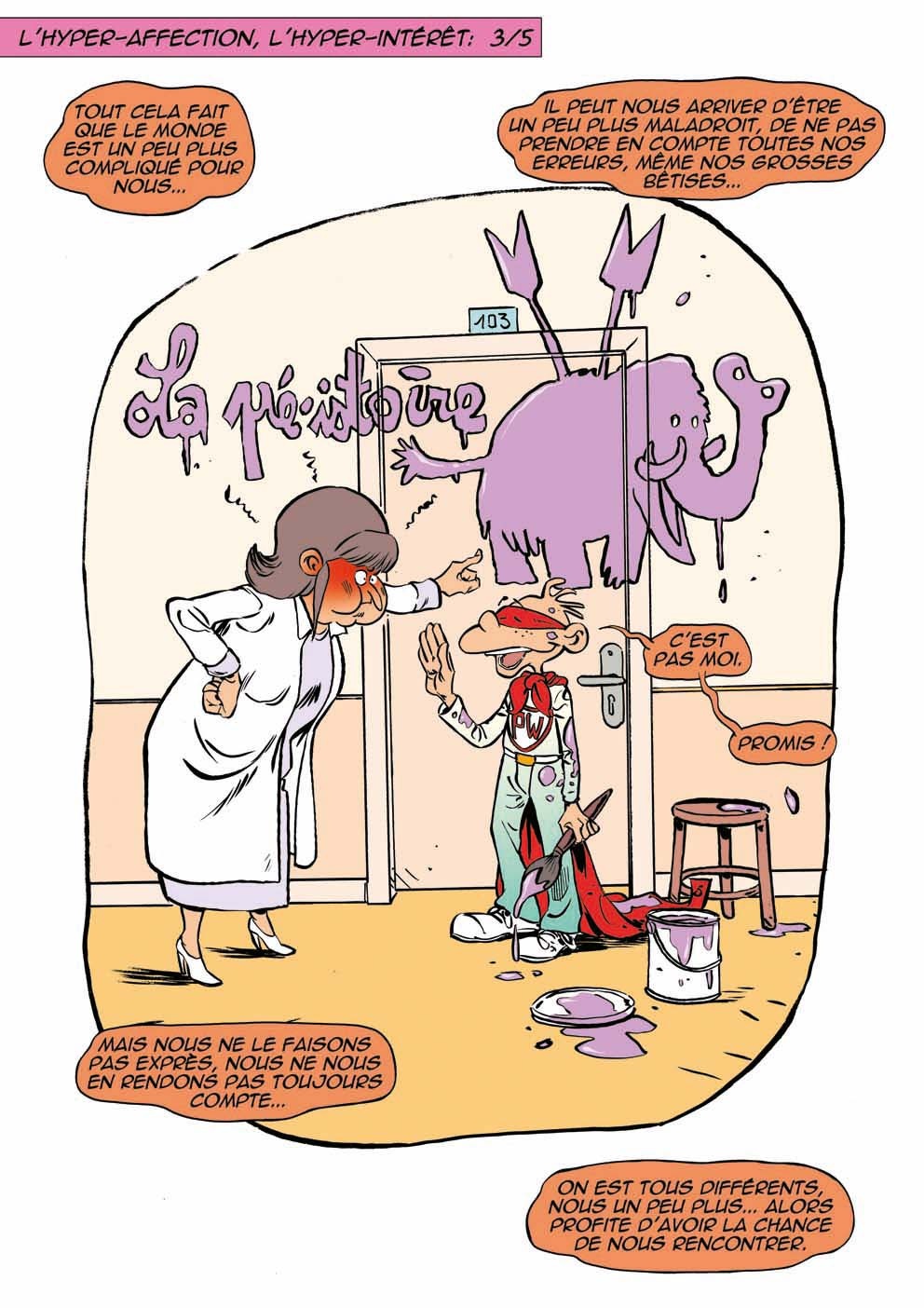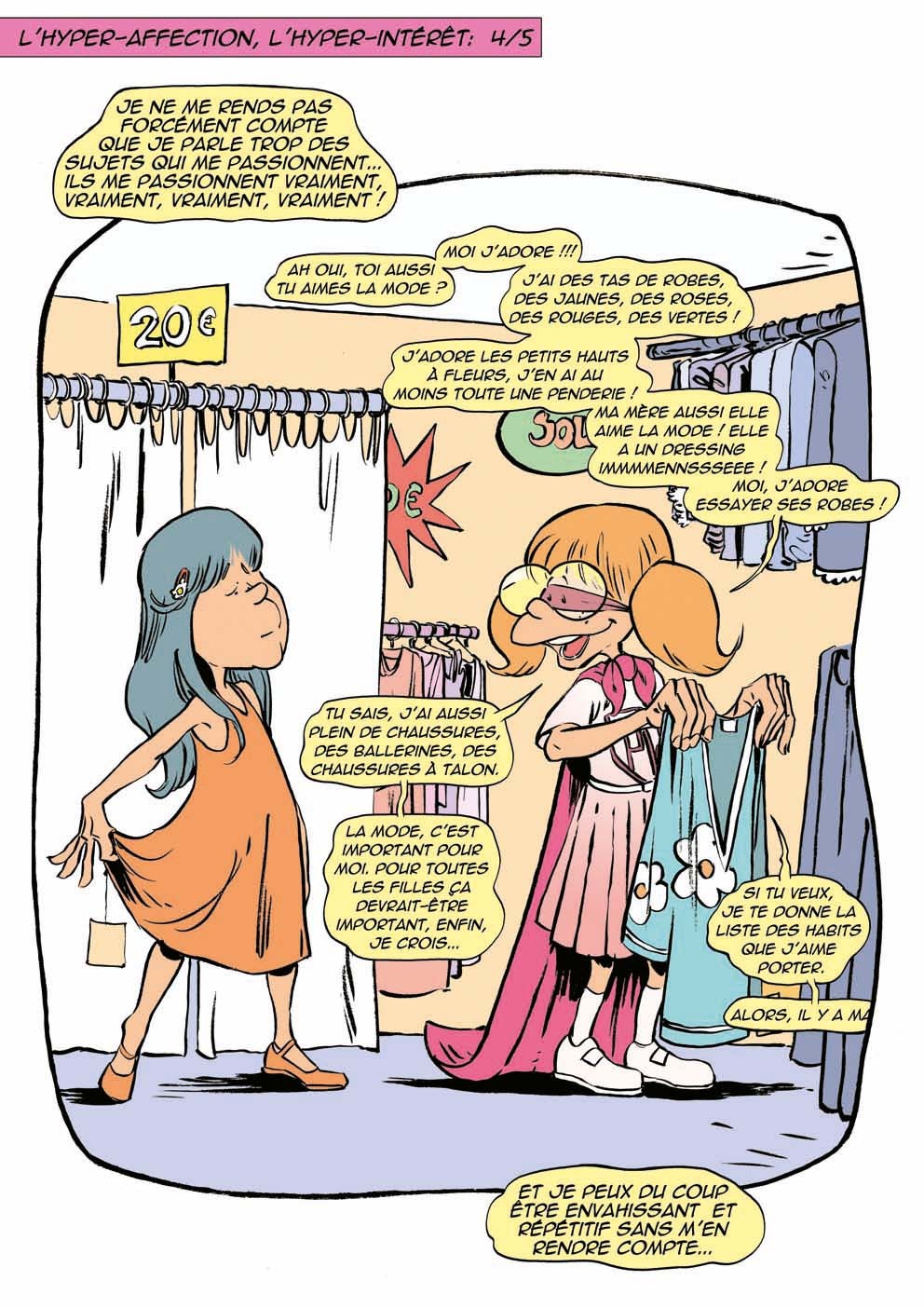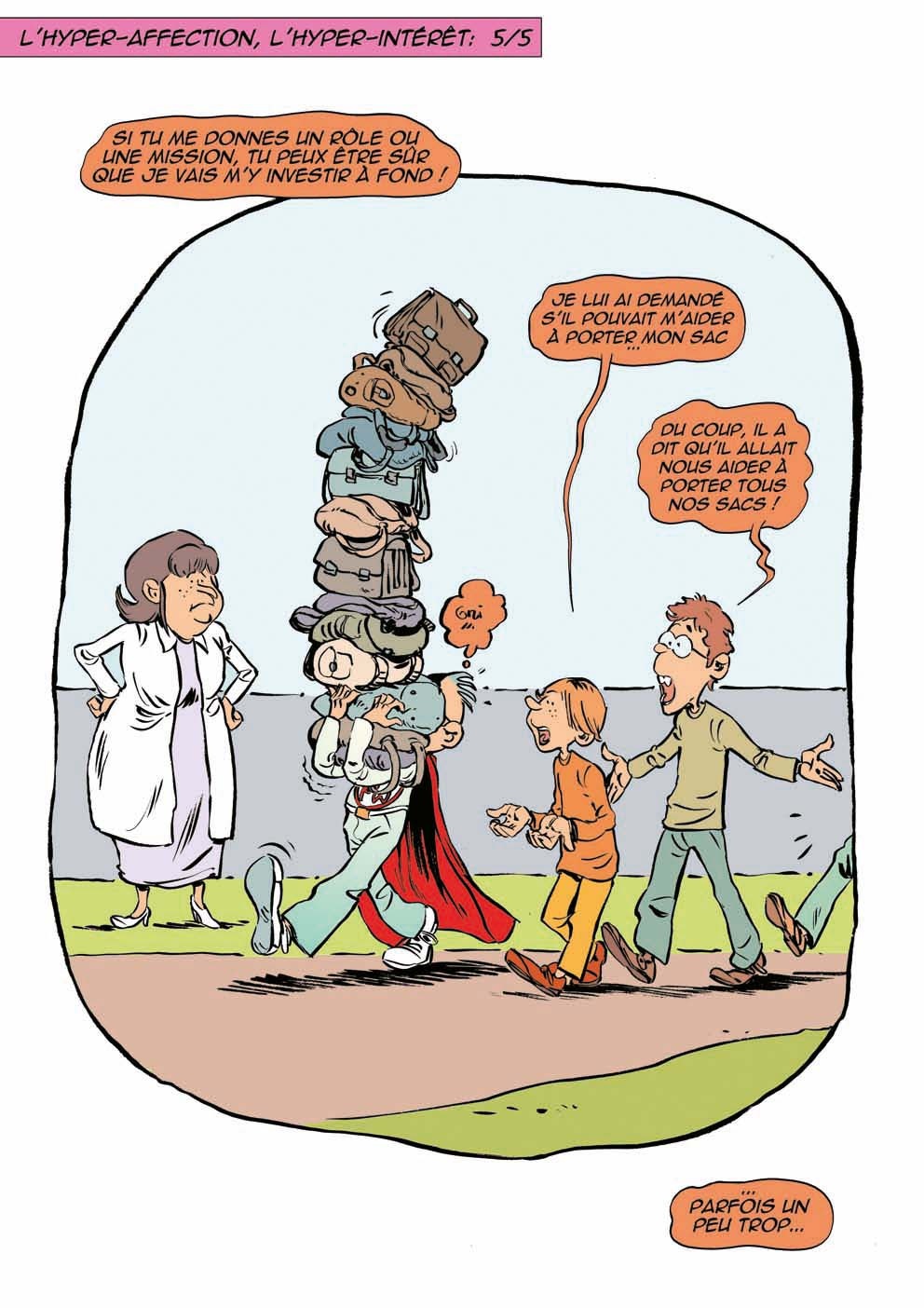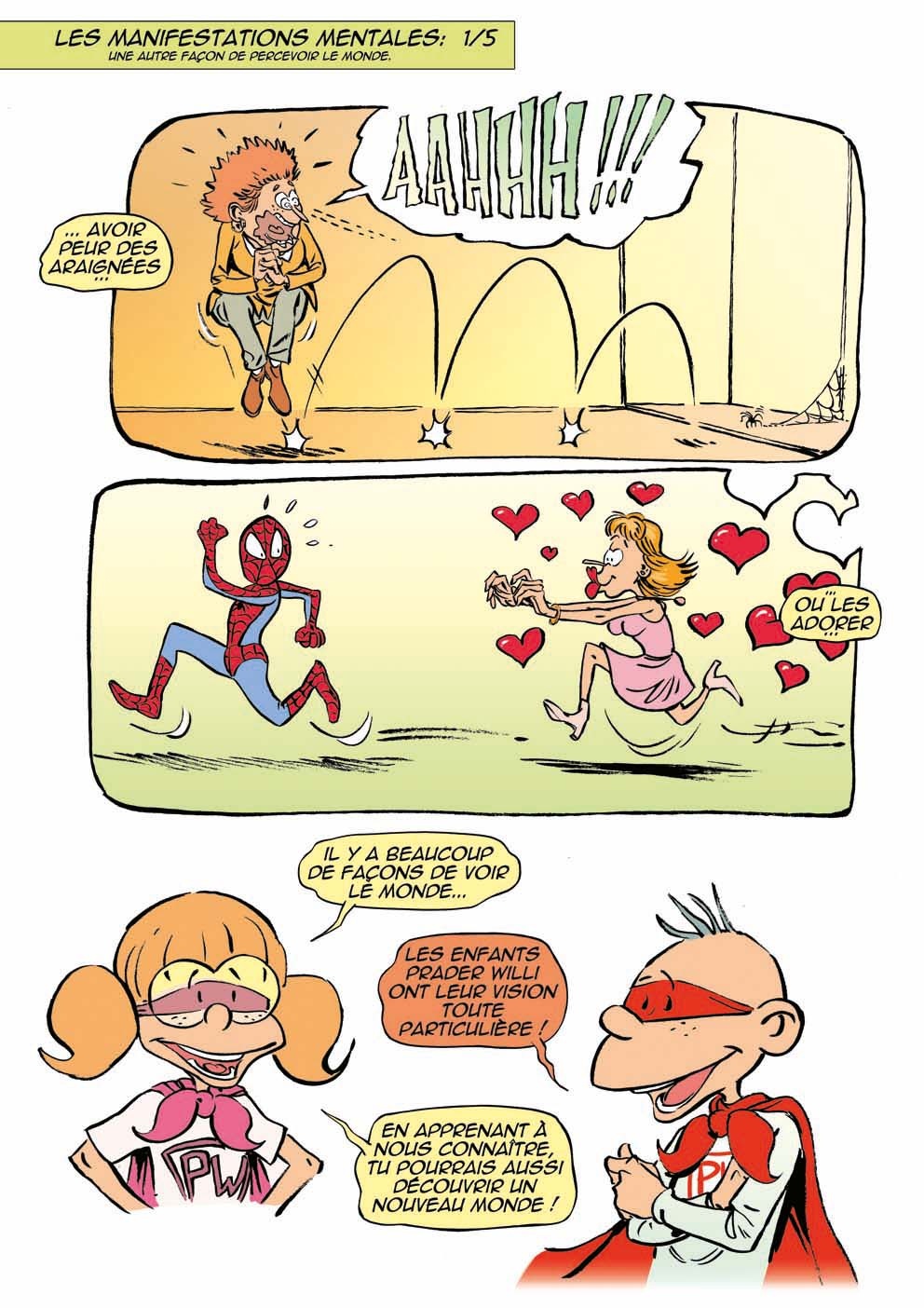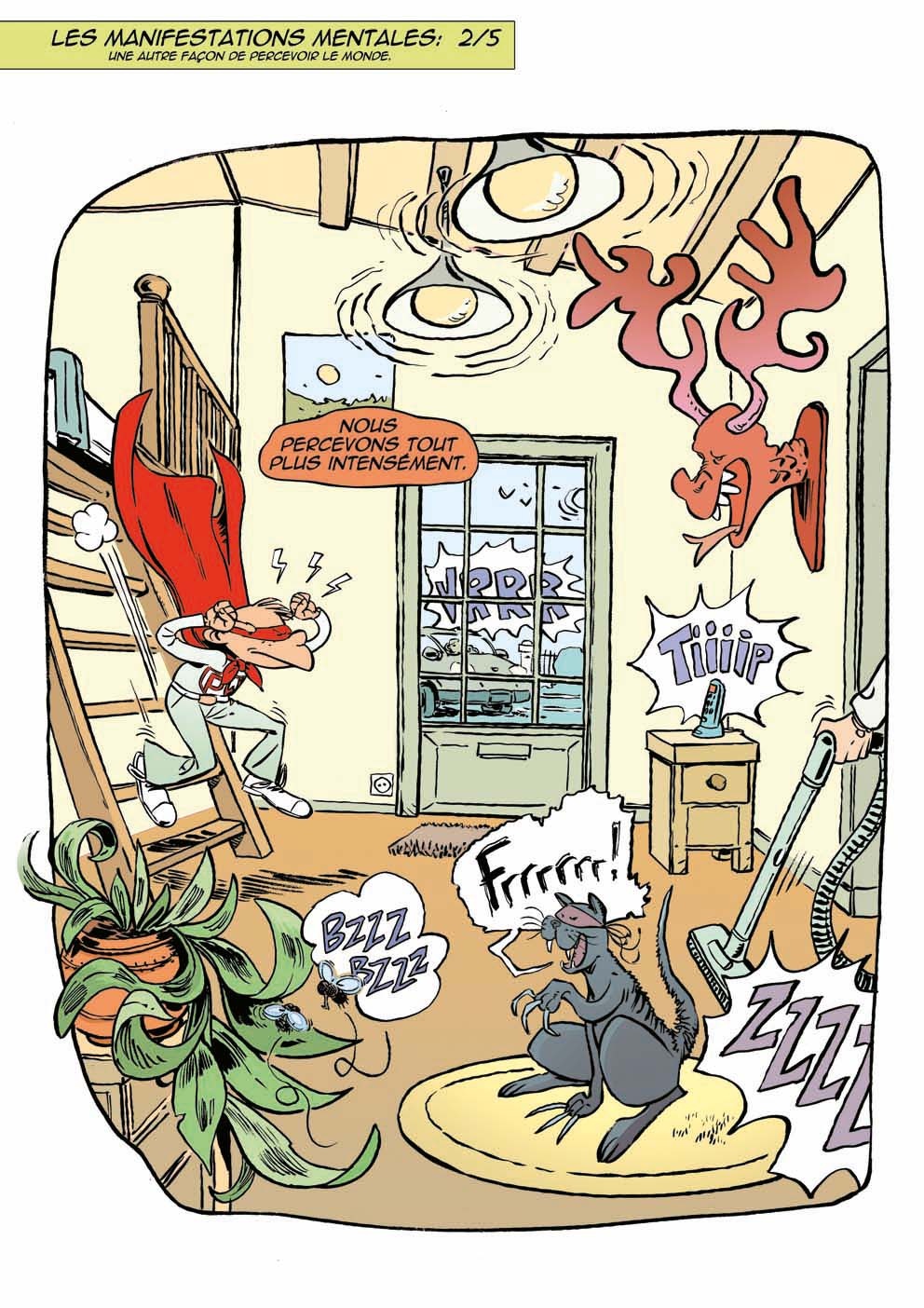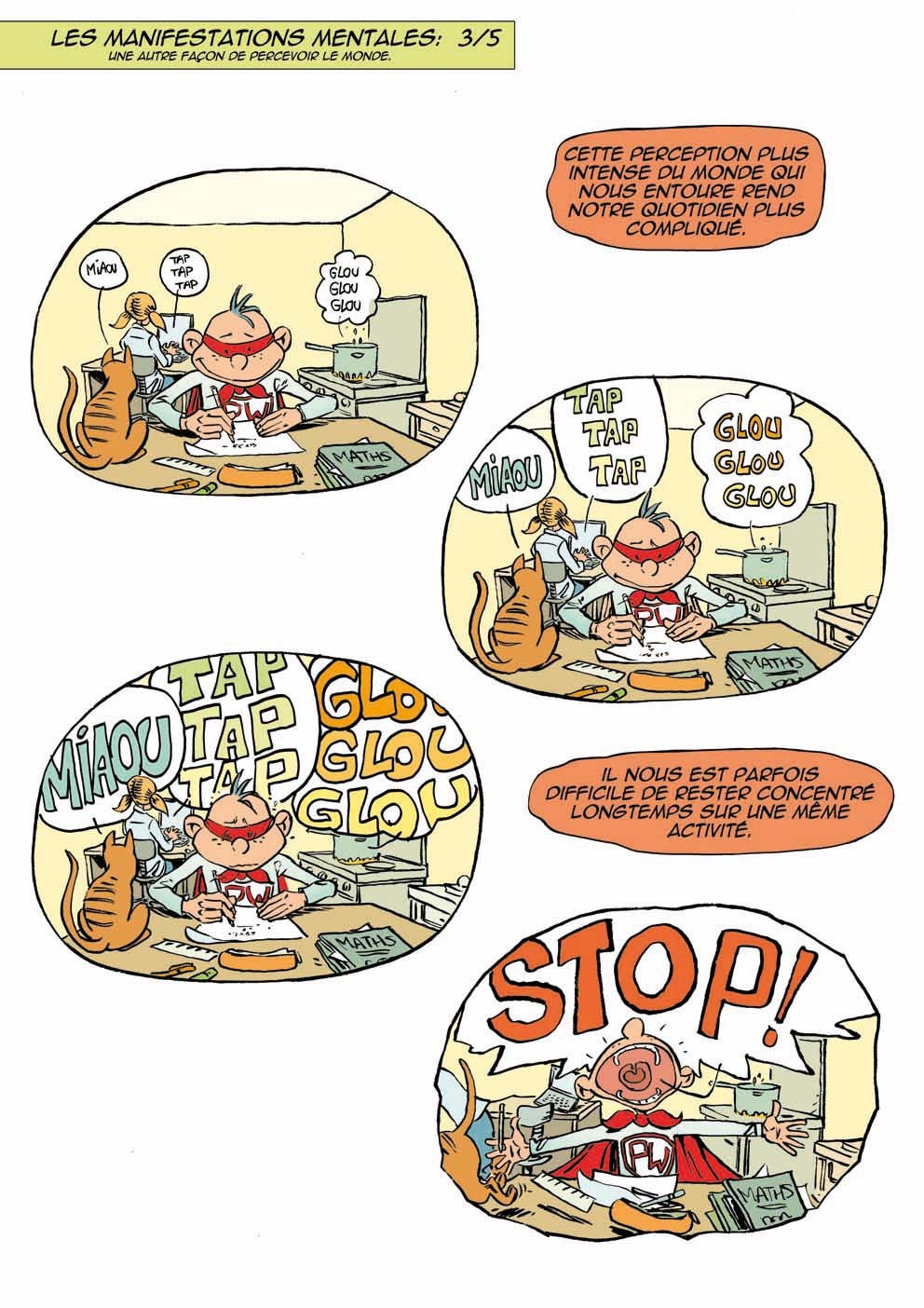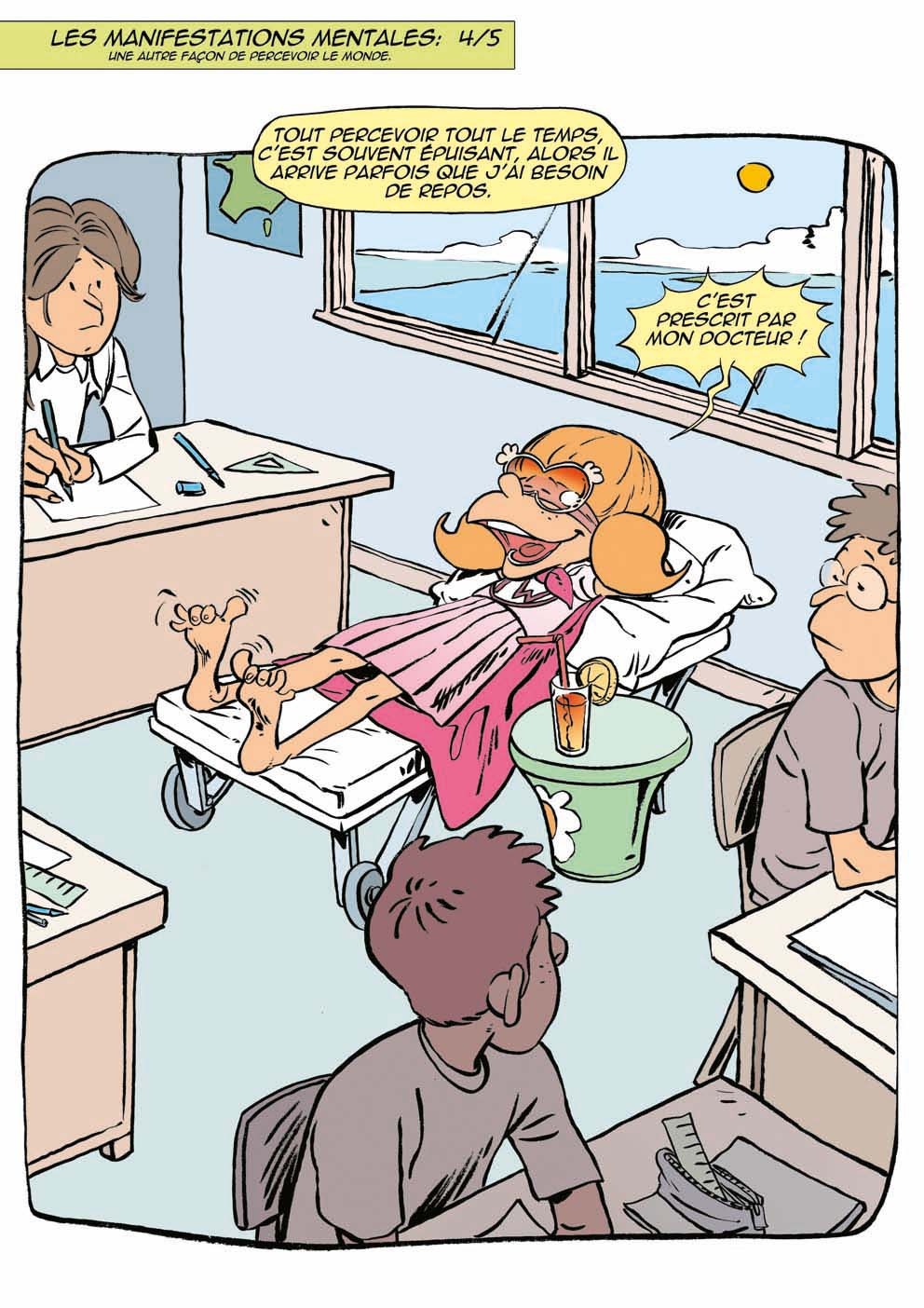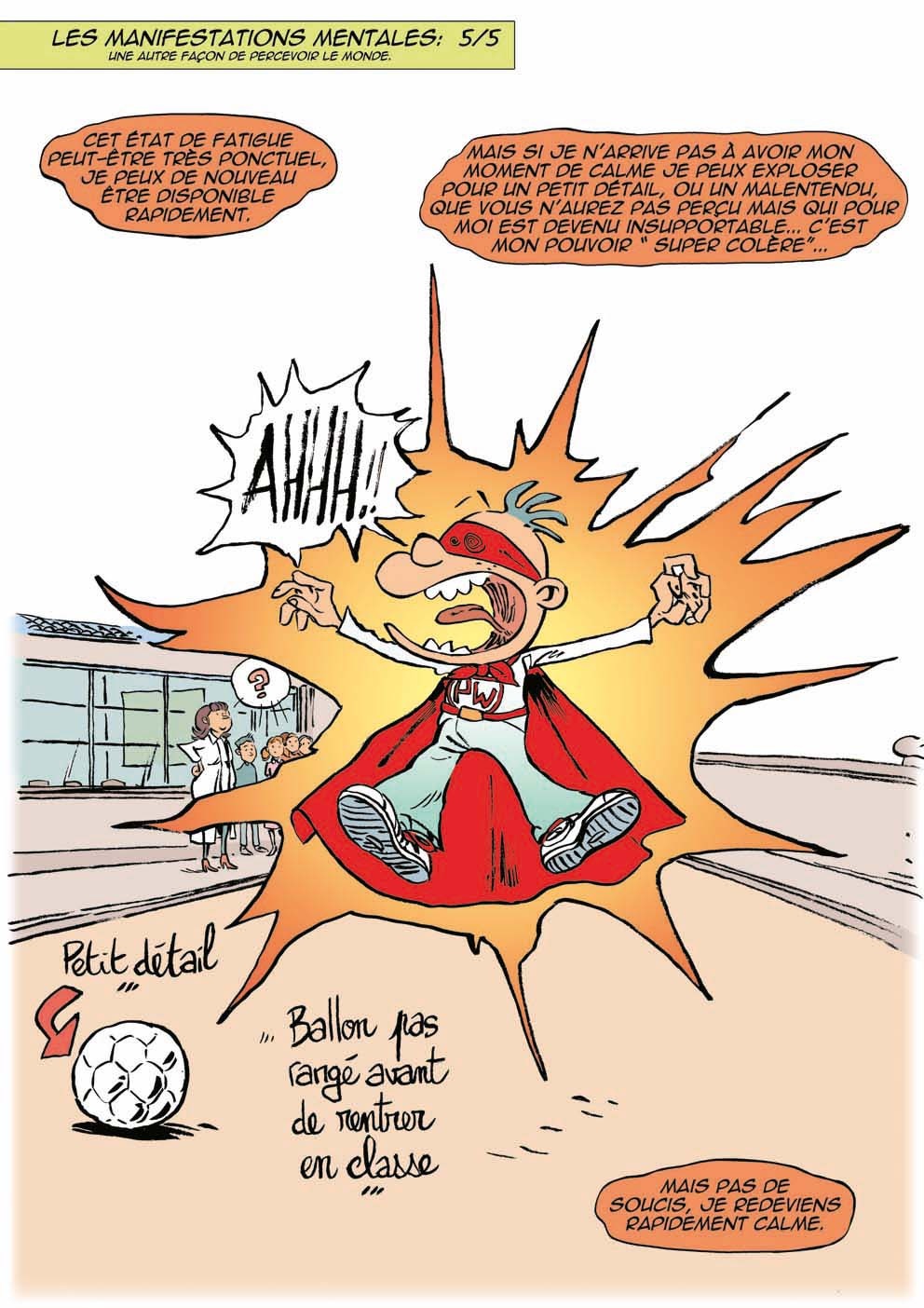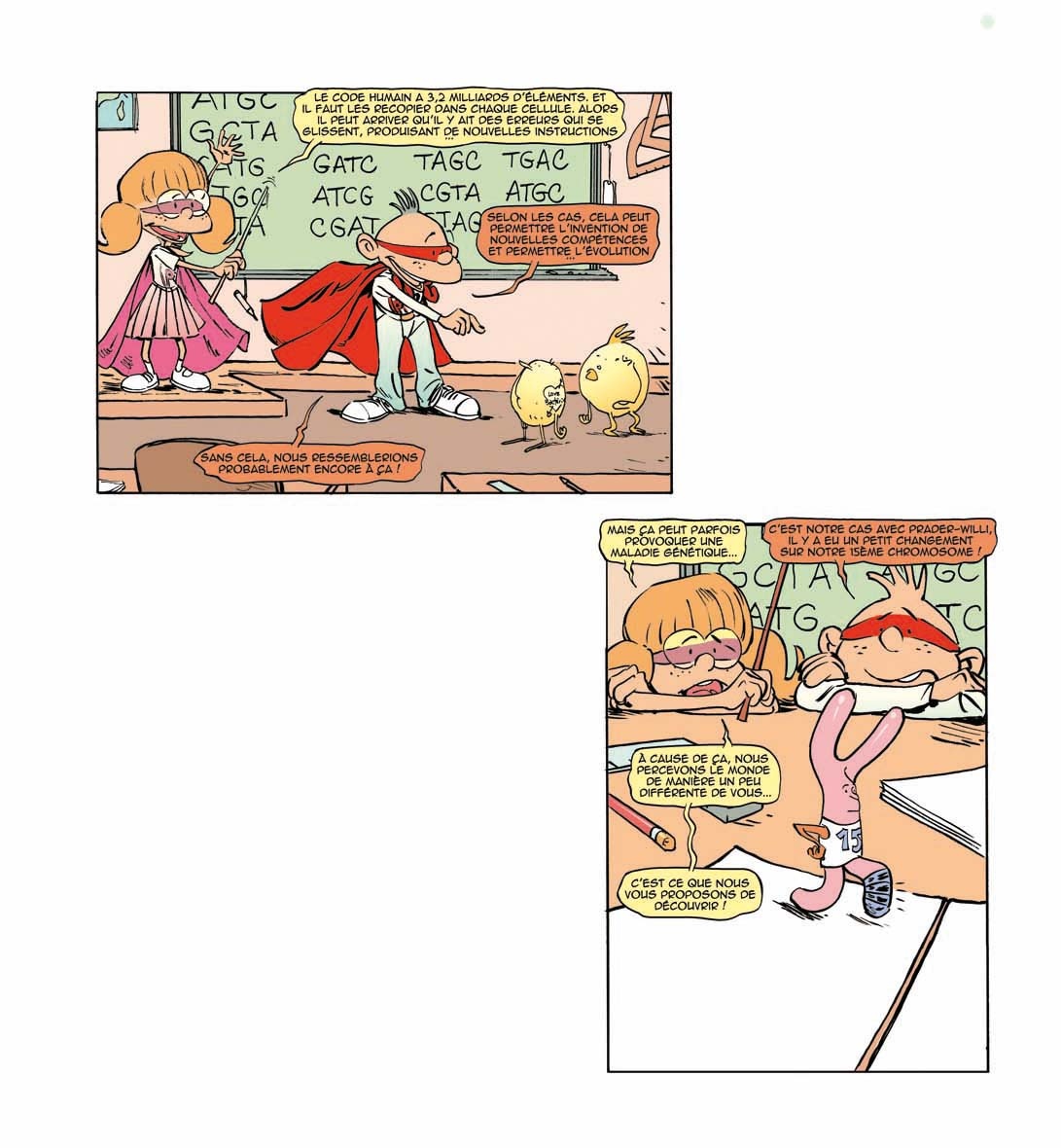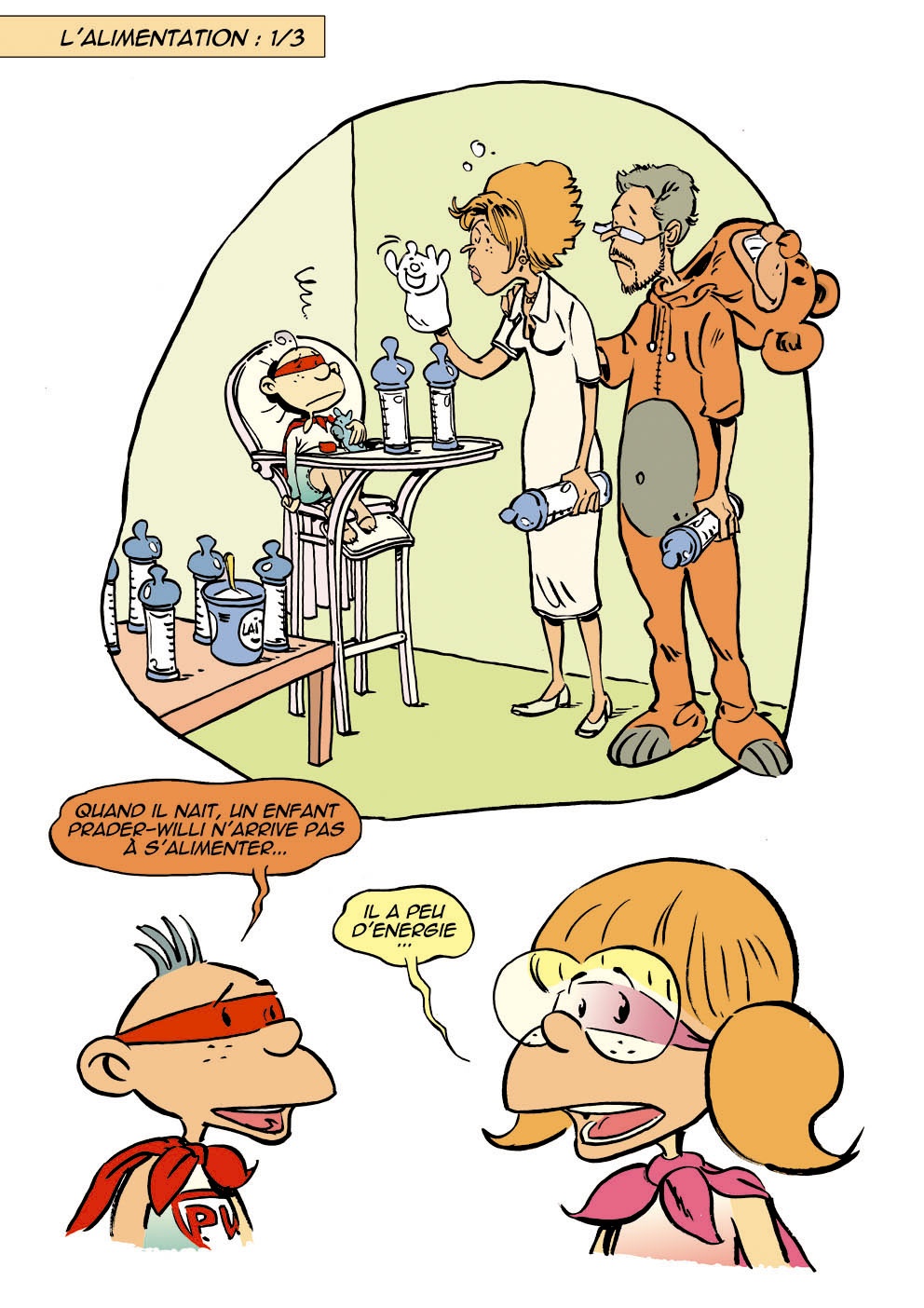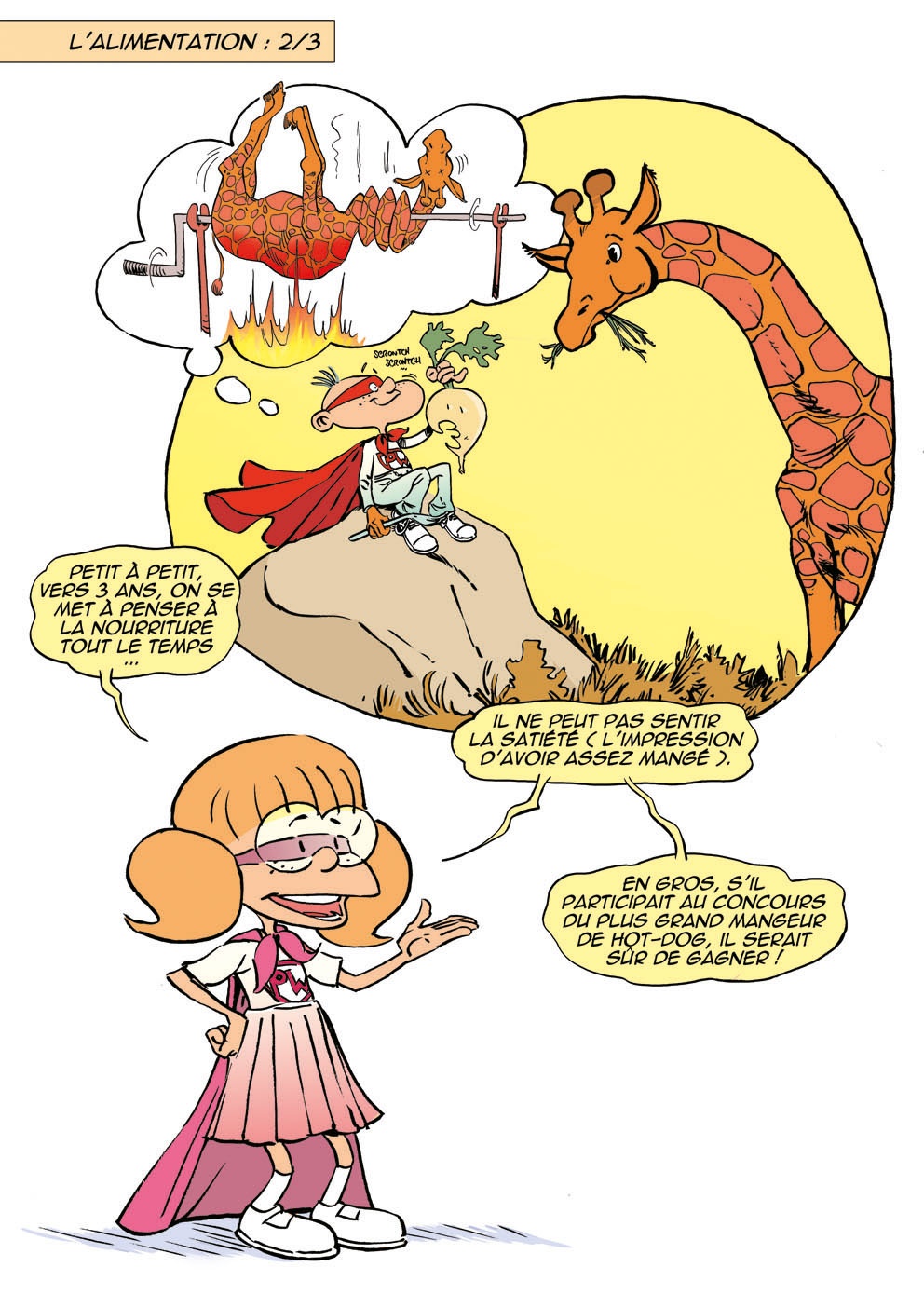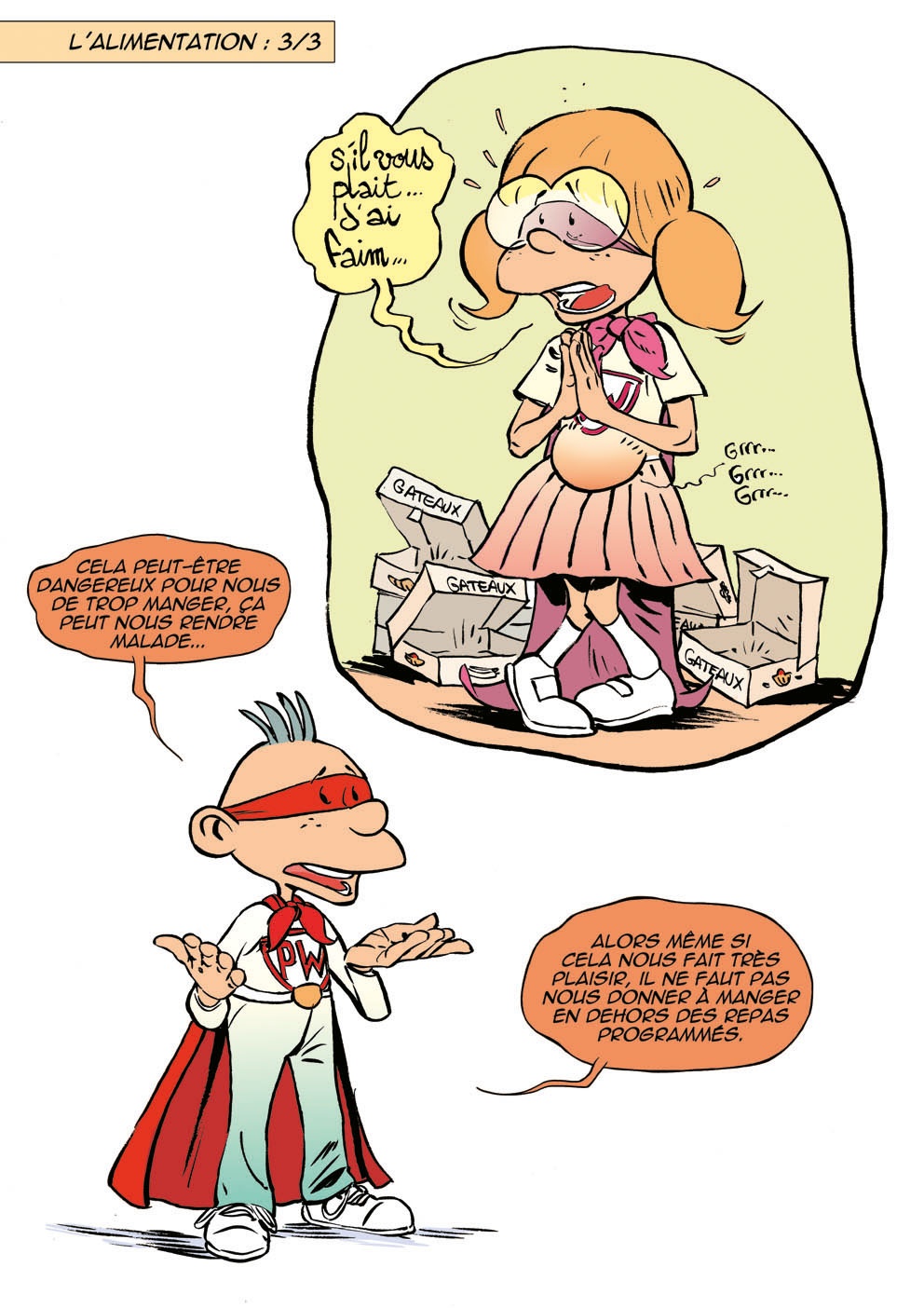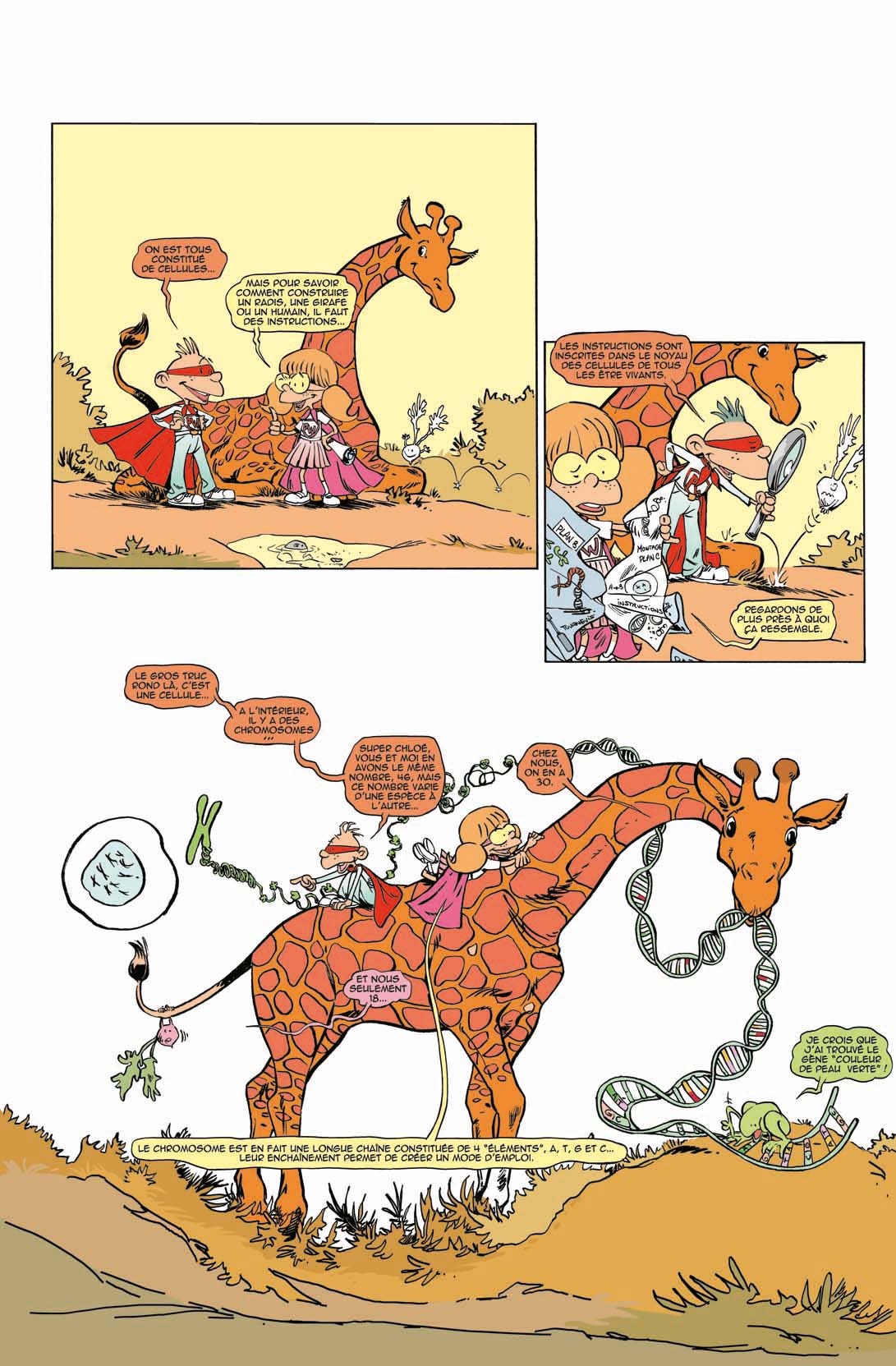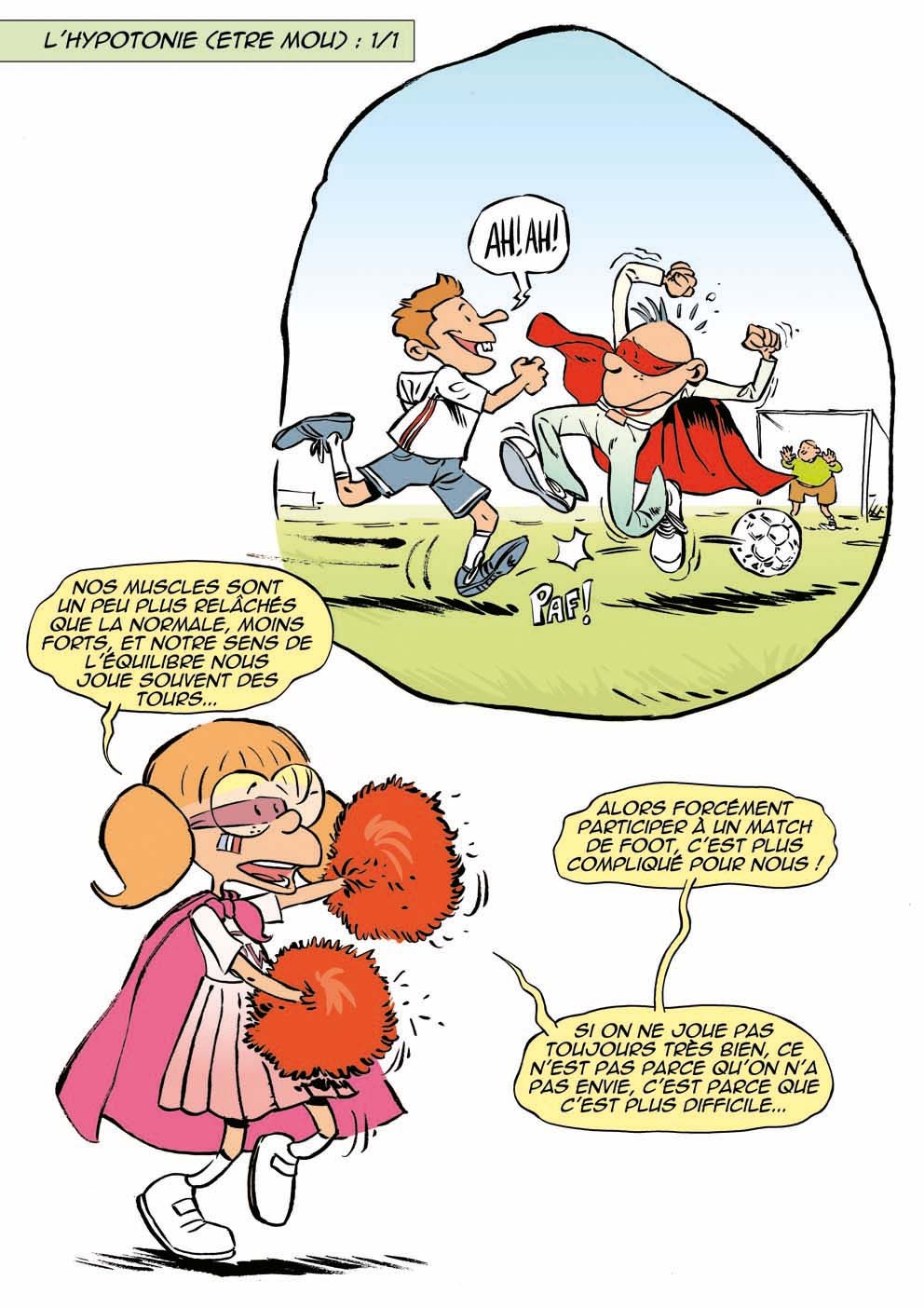Representing mental disorder with the Prader Willi France association
Prader-Willi
The Ink Link had the chance to look into this subject with the Prader-Willi France association (PWF), created in 1996 by seven families of children with Prader-Willi syndrome (PWS). It now has almost 800 members. It is the voice of PWS carriers and their families. PWF disseminates information on PWS, supports research, and strives to improve the way in which our different children are cared for and supported.
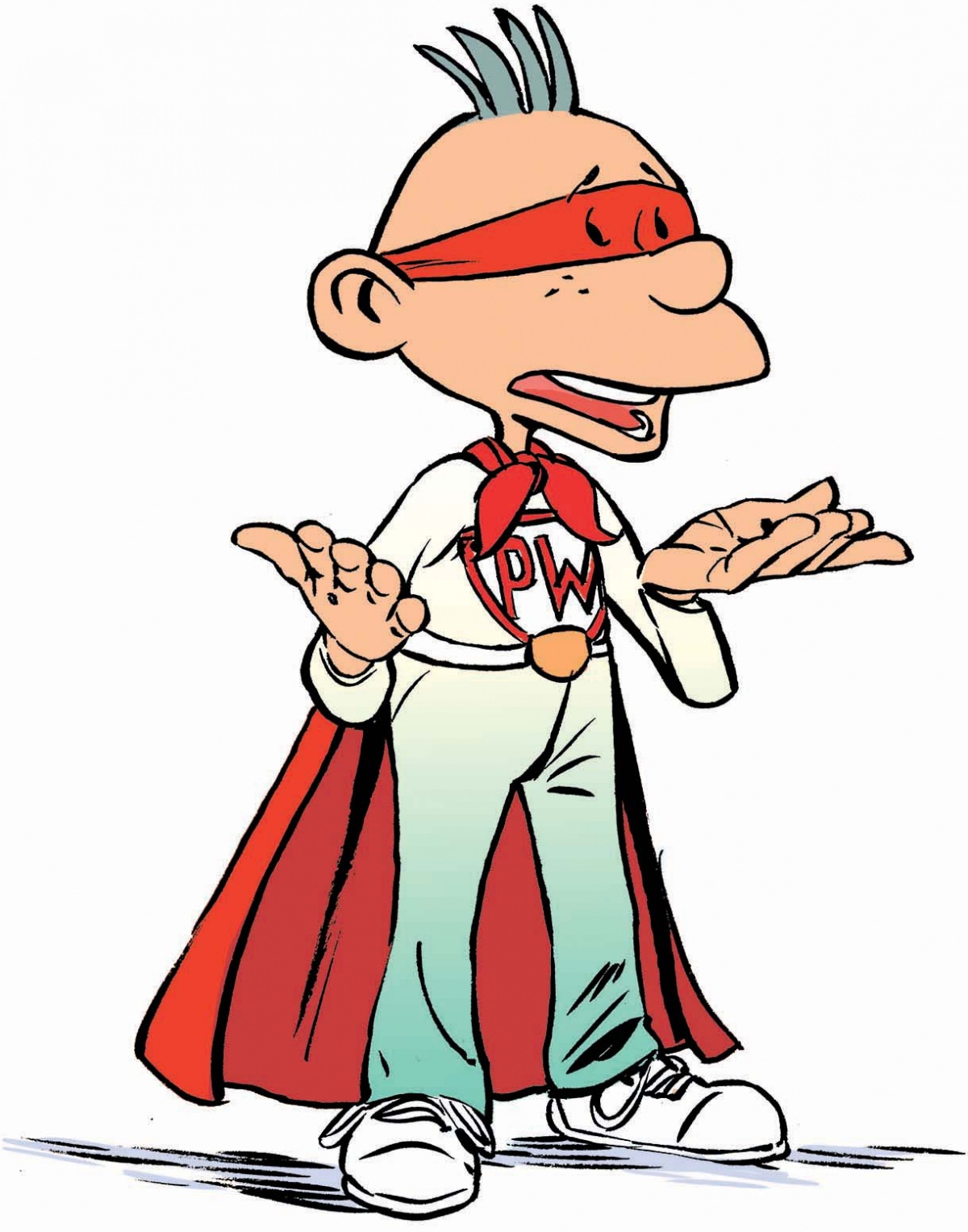
Children with Prader-Willi syndrome have peculiarities in social interactions and frequently prone to violent tantrums. Furthermore, their food addiction leads them to incessant food-seeking behavior.
The school environment, especially at the end of primary school and at the time of the transition to secondary school, is not kind to those children. Children with Prader-Willi syndrome often attend school through to secondary school, usually with the help of a school life assistant.
The project
The idea behind the comic book is to encourage discussion and understanding of the disease and its consequences, so that these children can be better accepted. It is the fruit of a collective effort, bringing together PWF parents and professionals from the Prader-Willi Syndrome Reference Center in Toulouse, all coordinated by The Ink Link!
We spent quite a long time with each of the partners, as it was important for us to understand how the children perceived the world, and to be as precise as possible.
Then we chose a humorous graphic style. We had to facilitate discussion around the tool, and make the whole of the PW children's entourage want to look at it... We called on one of the first artists to join the network, Espé. He had already talked about the issue of mental difference in his graphic novel, Le Perroquet, which dealt with manic-depressive disorders.
Finally, as far as the form of the tool is concerned, we proposed an illustrated card format. This way, each child can choose which manifestations he or she wishes to highlight, or which subjects he or she doesn't want to talk about, and which he or she can remove from the booklet. It's the child who chooses which cards to use.
